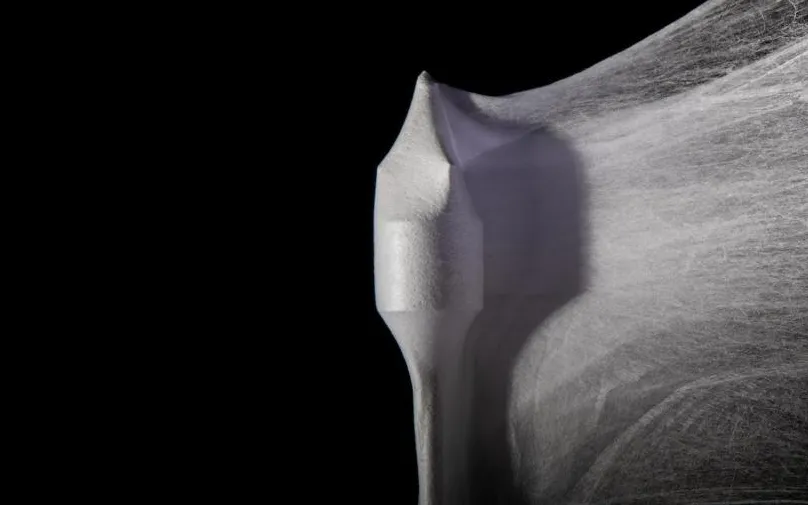Harvard’s Artificial Heart Valve Developed to Accommodate Human Growth
A synthetic heart valve, named FibraValve, has been created by researchers at Harvard’s Wass Institute and John A. Paulson School of Engineering and Applied Sciences (SEAS). The valve has the potential to be used for children as it can be shaped on a microscopic level using a spun-fiber method. The valve’s flaps can be colonized by the patient’s living cells, allowing it to develop and mature with them. The manufacturing process takes only minutes.
FibraValve is a follow-up to JetValve, the team’s 2017 artificial heart valve that used many of the same principles. The updated version uses “Focused Rotary Jet Spin” which adds a focused airflow that collects the synthetic fibers faster and more precisely on the rotating mandrel, making it easier to fine-tune the valve shape. As a result, the micro and nano fibers of the polymer can more closely mimic the tissue structure of an organic heart valve. The manufacturing process takes less than 10 minutes; alternative methods can take hours.
The technique also uses a “new, custom polymer material” called PLCL (a combination of polycaprolactone and polylactic acid) that can last in the patient’s body for about six months — enough time (in theory) for the patient’s cells to invade the structure and take over. Although it has so far only been successfully tested in sheep, the long-term vision is that the resulting organic tissue will develop with human children as they mature, potentially eliminating the need for risky replacement surgeries as their bodies grow. “Our goal is that the patient’s original cells will use the device as a blueprint to regenerate their own living valve tissue,” said lead author Kevin “Kit” Parker in a Harvard press release.
In the researchers’ test on a live sheep, the FibraValve “started working immediately, and its leaflets opened and closed to allow blood to flow through with each heartbeat.” In addition, they observed red and white blood cells and fibrin protein accumulating in the valve scaffolds during the first hour. According to the researchers, there were no signs of damage or other problems with the synthetic valve. “This approach to heart valve replacement may open the door to customized medical implants that regenerate and grow with the patient, improving children’s lives,” said co-author Michael Peters in the same press release.
The research is still preliminary, and the team plans to conduct longer-term animal experiments over weeks and months for further evaluation. However, they believe their breakthrough could eventually find other uses, including creating different types of valves, heart patches and blood vessels. You can read the full article on Matter.




